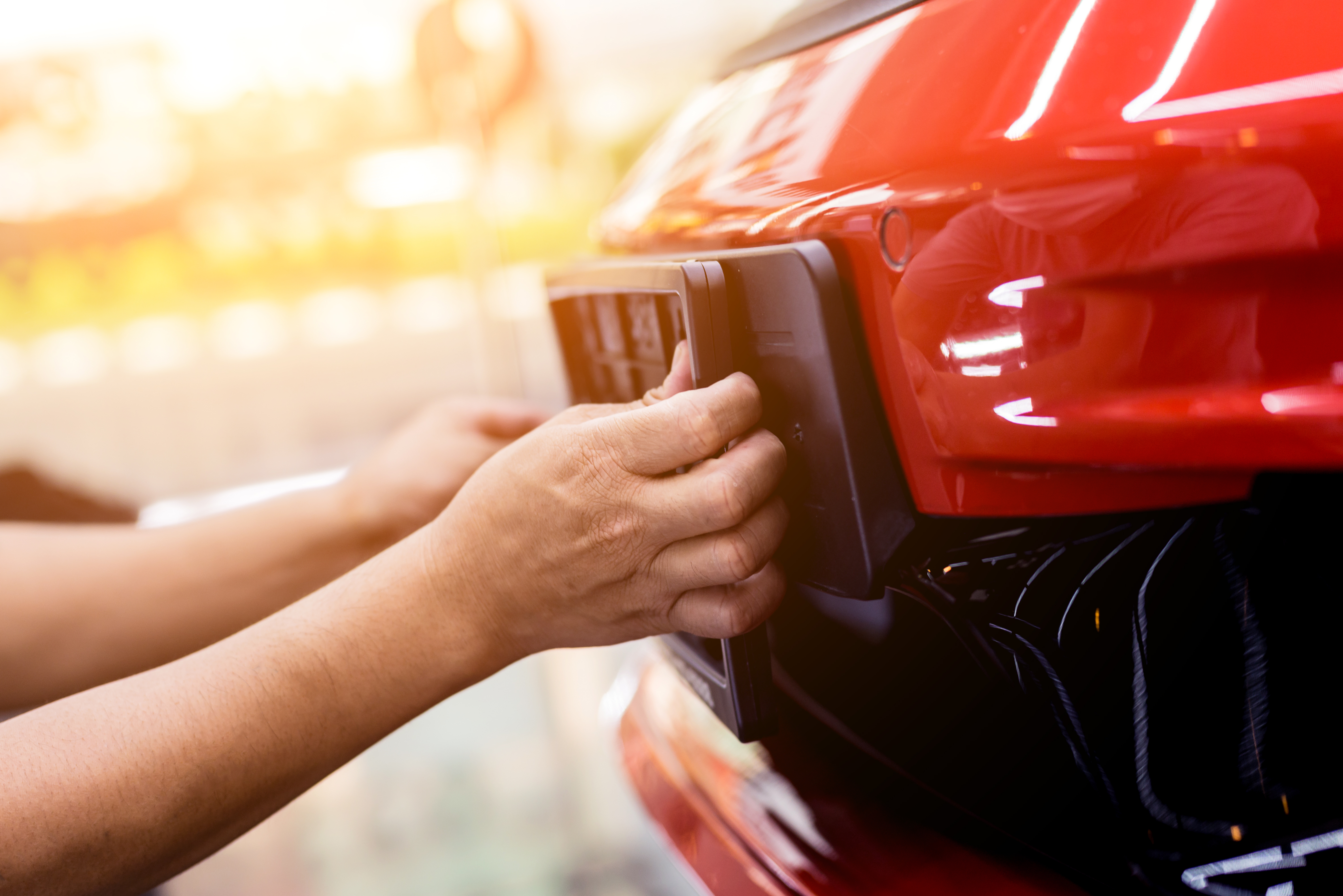How to Buy a Cheap Repossessed Car: A Complete Guide
Purchasing a repossessed car can be an excellent way to acquire a vehicle at a lower cost than traditional dealerships offer. These vehicles, reclaimed by lenders due to defaulted payments, often come with significant discounts. However, the process requires careful consideration and understanding. This guide will walk you through the essentials of buying a repossessed car, from understanding what they are to finalizing your purchase.

What are repossessed cars?
Repossessed cars are vehicles that have been taken back by lenders, typically banks or finance companies, when the original owner fails to make payments as agreed. These cars can range from nearly new to older models and may be in various conditions. Understanding the nature of repossessed cars is crucial for potential buyers, as it helps set realistic expectations about the vehicle’s history and potential condition[1].
Where can you find repossessed cars?
Locating repossessed cars requires knowing where to look. Several avenues exist for finding these vehicles:
-
Bank auctions: Many financial institutions hold regular auctions to sell repossessed vehicles.
-
Online auction websites: Platforms like Copart and Manheim specialize in selling repossessed and salvage vehicles.
-
Government auctions: Federal and state agencies often auction off seized or surplus vehicles.
-
Used car dealerships: Some dealerships purchase repossessed cars from auctions and resell them to consumers.
Researching these sources can help you find a wide variety of repossessed cars to choose from[2].
How do you evaluate a repossessed car?
Evaluating a repossessed car is a critical step in the buying process. Unlike traditional used car purchases, you may have limited information about the vehicle’s history. Here are some key steps to assess a repossessed car:
-
Inspect the vehicle thoroughly: Look for signs of wear, damage, or poor maintenance.
-
Check the vehicle identification number (VIN): Use the VIN to obtain a vehicle history report.
-
Arrange for a professional inspection: If possible, have a trusted mechanic examine the car.
-
Research the market value: Compare the car’s price to similar models in the market.
-
Consider potential repair costs: Factor in any necessary repairs when evaluating the overall cost.
By carefully evaluating the car, you can make a more informed decision about its value and potential risks[3].
What are the steps to purchase a repossessed car?
The process of purchasing a repossessed car can differ from buying through traditional channels. Here’s a general outline of the steps involved:
-
Research and locate repossessed car auctions or sales.
-
Register for the auction or sale, which may require a deposit.
-
Attend the auction or view the available inventory.
-
Place bids or make offers on desired vehicles.
-
If successful, complete the necessary paperwork and payment.
-
Arrange for transportation of the vehicle.
-
Transfer the title and register the car in your name.
It’s important to note that the specific steps may vary depending on the auction or seller’s requirements[4].
What are the pros and cons of buying repossessed cars?
Buying a repossessed car comes with both advantages and potential drawbacks. Understanding these can help you make an informed decision:
Pros:
-
Lower prices compared to traditional used car markets
-
Opportunity to find newer models at reduced costs
-
Wide variety of vehicles available
Cons:
-
Limited or no vehicle history information
-
Potential for hidden damage or mechanical issues
-
Competitive bidding may drive up prices
-
Often sold “as-is” with no warranties
Weighing these factors carefully is essential when considering a repossessed car purchase[5].
What are the typical costs associated with buying repossessed cars?
The cost of purchasing a repossessed car can vary widely depending on factors such as the vehicle’s make, model, age, and condition. Here’s a general overview of potential costs:
| Cost Category | Typical Range | Notes |
|---|---|---|
| Vehicle Price | $3,000 - $20,000+ | Varies greatly based on vehicle specifics |
| Auction Fees | $100 - $500 | May include registration and buyer’s premium |
| Vehicle Inspection | $100 - $200 | If performed by a third-party mechanic |
| Transportation | $100 - $1,000+ | Depends on distance and method |
| Repairs/Maintenance | $500 - $3,000+ | Highly variable based on vehicle condition |
Prices, rates, or cost estimates mentioned in this article are based on the latest available information but may change over time. Independent research is advised before making financial decisions.
It’s important to factor in all potential costs when budgeting for a repossessed car purchase. While the initial price may be lower, additional expenses can accumulate quickly, especially if the vehicle requires significant repairs or maintenance.
In conclusion, buying a repossessed car can be a cost-effective way to acquire a vehicle, but it requires careful research, evaluation, and consideration of potential risks. By understanding the process, knowing where to look, and being prepared for the unique challenges of repossessed car purchases, you can make an informed decision that aligns with your needs and budget.
Sources:
-
https://www.consumer.ftc.gov/articles/0144-vehicle-repossession
-
https://www.usa.gov/auctions-and-sales
-
https://www.consumerreports.org/used-cars/how-to-buy-a-used-car-a6862621837/
-
https://www.investopedia.com/articles/pf/08/buy-car-repo-auction.asp
-
https://www.nerdwallet.com/article/loans/auto-loans/pros-cons-buying-repossessed-car






